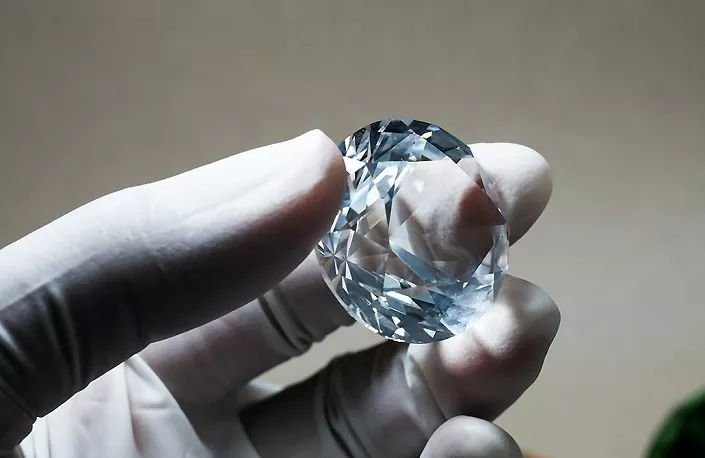India’s lab-grown diamond sector is currently battling several serious issues, including a sharp drop in prices, diminishing consumer trust, and stiff competition from imports. A recent report by the Global Trade Research Initiative (GTRI) highlights these problems, revealing that diamond prices have plummeted by 65% over the past year, falling from ₹60,000 to ₹20,000 per carat. This decline is attributed to overproduction within India and a surge in imported diamonds.
The GTRI report warns that these issues are threatening the industry’s growth and sustainability. Despite the overcapacity in local production, India continues to import significant quantities of lab-grown diamonds. This exacerbates the oversupply problem, pushing prices even lower and hurting domestic manufacturers. The lack of regulation has also eroded consumer confidence, creating a difficult situation for local businesses.
Ajay Srivastava, Founder of GTRI, stated, “The industry faces multiple challenges, including dropping prices, increased competition from both local and international sources, and an absence of clear regulations. These factors could threaten the continued growth and profitability of India’s lab-grown diamond sector.”
The report calls for immediate government action to stabilize the industry. GTRI recommends implementing clear regulations to standardize quality, certification, and market practices. It also suggests introducing a Quality Control Order (QCO) to regulate the quality of imported diamonds, which would protect domestic producers from inferior imports.
In addition, the think tank advocates for increased investment in research and development. Such investments could enhance production processes, lower costs, and improve the quality of lab-grown diamonds, helping manufacturers remain competitive.
The dramatic price drop is also placing financial pressure on manufacturers, many of whom have taken loans to invest in diamond-making machinery. The significant reduction in prices has made it challenging for these manufacturers to repay their loans, adding to the industry’s difficulties.
The lab-grown diamond industry, which replicates the natural conditions under which diamonds form in the Earth’s mantle, was once considered a high-growth sector. These diamonds are chemically, physically, and optically identical to natural ones but are typically produced in rough square or rectangular forms that need cutting and polishing. A cut and polished lab-grown diamond usually has a value 6-8 times higher than its rough form.
Despite these obstacles, the potential for India’s lab-grown diamond industry remains significant. GTRI emphasizes that a well-regulated and supportive environment is crucial for the industry to overcome current challenges and realize its full potential.


